New Museum Acquisitions of Dutch and Flemish Art
Old Dutch and Flemish art can be admired in hundreds of museums worldwide. Every now and then they add new work to their collections. In recent months, art from the Low Countries has been acquired by museums in London, Los Angeles, Ohio, Amsterdam and Mechelen.
Dulwich Picture Gallery Acquires Sculpture Inspired by Jacques de Gheyn II
Dulwich Picture Gallery in London announced the acquisition of Bronze Oak Grove (2017) by Rob and Nick Carter. It is the first artwork to become part of the Gallery’s collection since 2012.
Created by husband-and-wife artistic duo Rob and Nick Carter, Bronze Oak Grove consists of nine oak tree stumps cast in bronze and arranged in a circle, which brings to life a drawing of a tree stump made in 1600 by Dutch artist Jacques de Gheyn II (ca.1565-1629). The installation was originally installed in 2021, but has now found a permanent home on the grounds of the Dulwich Picture Gallery.
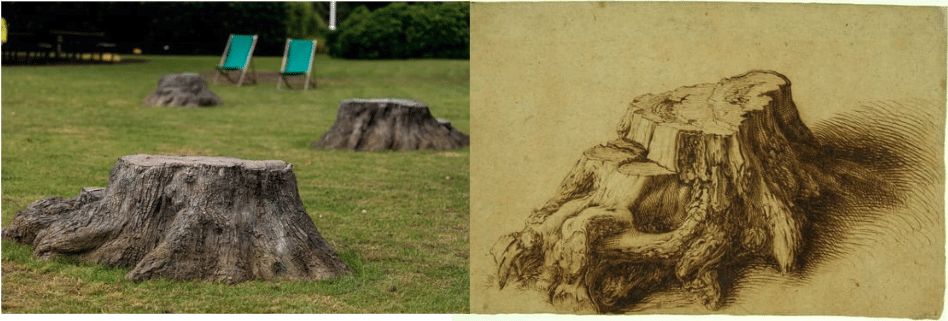 Rob and Nick Carter, Bronze Oak Grove, 2017, Dulwich Picture Gallery, London / Jacques de Gheyn II (1565-1629), Tree Trunk, 1600, Biblioteca Ambrosiana, Milan
Rob and Nick Carter, Bronze Oak Grove, 2017, Dulwich Picture Gallery, London / Jacques de Gheyn II (1565-1629), Tree Trunk, 1600, Biblioteca Ambrosiana, Milan© Photo: Graham Turner/ Dulwich Picture Gallery
Visitors can link this artwork in the gardens to the experience inside the Gallery, which houses a portrait of de Gheyn’s son by Rembrandt. The sculpture is part of the Carters’ ongoing series Transforming which reinterprets historic artworks.
Rijksmuseum Acquires First Edition of Maria Sibylla Merian’s ‘Metamorphosis’
The Rijksmuseum has acquired a first edition of Maria Sibylla Merian’s Metamorphosis Insectorum Surinamensium, her illustrated natural history of Suriname. Published in 1705, Merian’s masterpiece is a high point of Dutch book production in the eighteenth century and was selected as one of the 100 masterpieces of Dutch and Flemish art in the CODART Canon. The acquisition fulfils a long-held wish of the Rijksmuseum. Good copies of the first edition from 1705 rarely appear on the market.
German-born artist and naturalist Maria Sibylla Merian (1647-1717) had an exceptional eye for the beauty of insects, which she captured in detailed drawings. She was the first person to record the transformation of the caterpillar into a butterfly in its natural habitat.
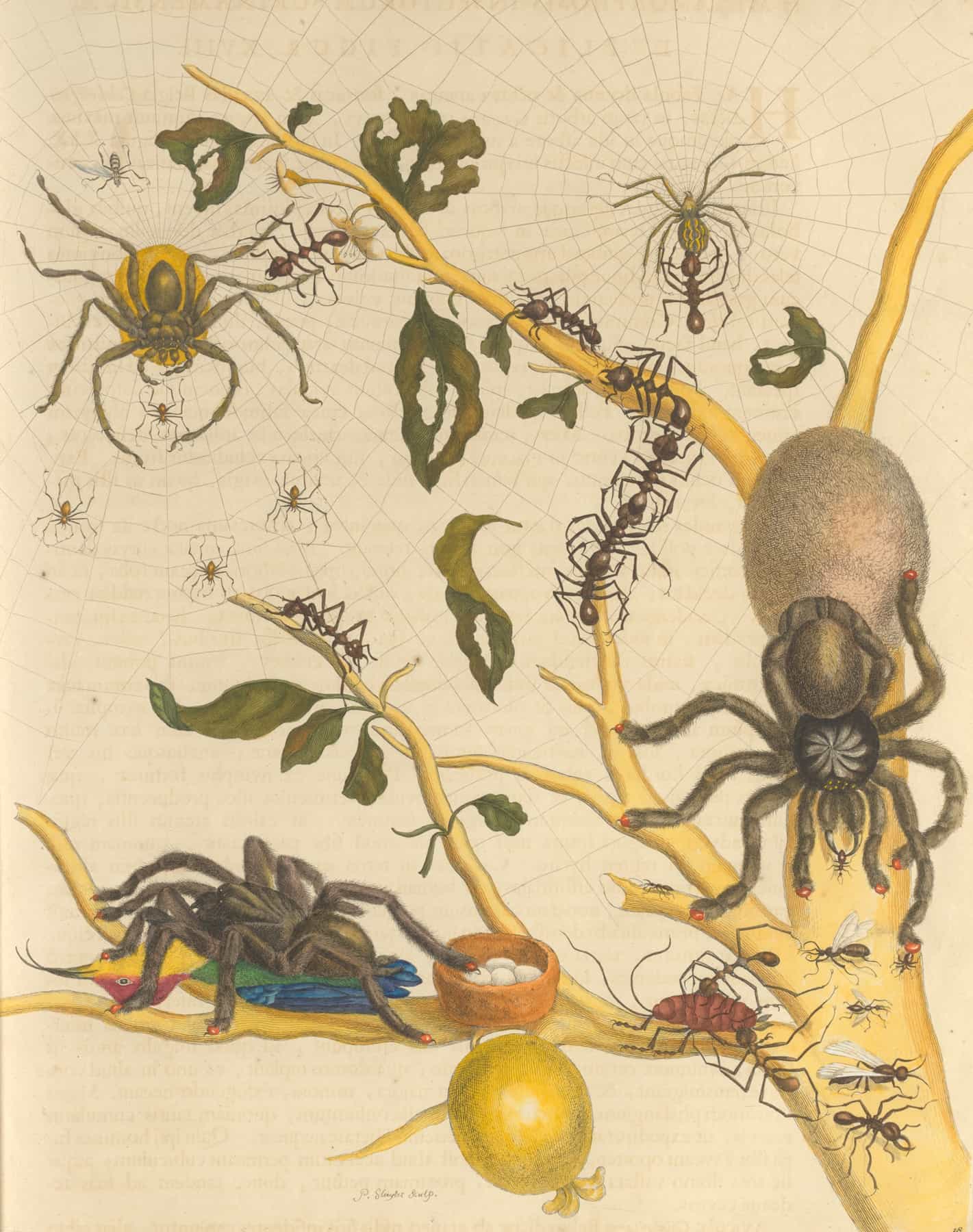 Maria Sybilla Merian (1647-1717), Metamorphosis insectorum Surinamensium, 1705, Rijksmuseum, Amsterdam
Maria Sybilla Merian (1647-1717), Metamorphosis insectorum Surinamensium, 1705, Rijksmuseum, Amsterdam© Rijksmuseum, Amsterdam
Her interest in the study of insects began at a young age. She bred caterpillars herself, and made sketches of details such as the pupation phase and the plants on which the butterflies lived. After briefly living in a Labadist Protestant community in Friesland, she settled in Amsterdam.
In 1699 she travelled with her youngest daughter Dorothea Graff to Suriname, where she studied insects. On her return to the Netherlands, she worked on Metamorphosis insectorum Surinamensium, her iconic work that would be published in 1705.
Merian published her first edition of Metamorphosis in 1705 in Amsterdam, binding the illustrations along with text in either Latin or Dutch, depending on the buyer’s preference. The book contains 60 hand-coloured plates depicting creatures such as caterpillars, butterflies and spiders in deep, contrasting colours and rich hues. The book also notably contains descriptions of the circumstances in which she collected information, revealing that Merian drew on the knowledge of enslaved people and the original inhabitants of Suriname.
Museum Hof van Busleyden Acquires First Portrait of Margaret of Austria
From 1507 to 1530, Margaret of Austria ruled the Habsburg Netherlands from her court in Mechelen. During her reign, the city experienced a period of great prosperity and she therefore plays an important role in the narrative of Museum Hof van Busleyden.
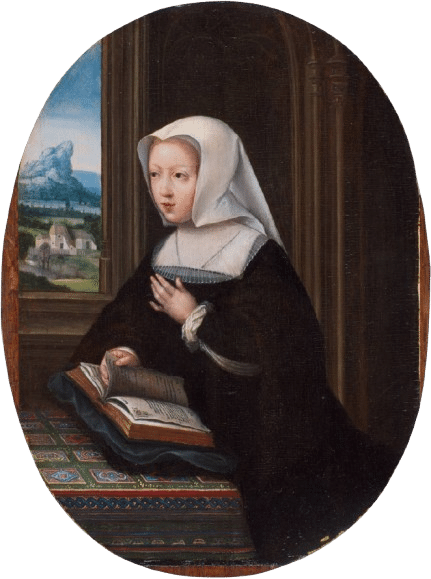 Workshop of Bernard van Orley (1487-1541), Portrait of Margaret of Austria (1480–1530), Museum Hof van Busleyden, Mechelen
Workshop of Bernard van Orley (1487-1541), Portrait of Margaret of Austria (1480–1530), Museum Hof van Busleyden, Mechelen© Museum Hof van Busleyden, Mechelen
Until now, however, this famous resident of Mechelen has only been represented in the museum through various loans. A portrait of her was still missing from the museum’s collection. This has changed with the recent acquisition of a portrait from the workshop of Bernard van Orley.
The small panel (25×18 cm) comes from the studio of court painter Bernard van Orley, who painted several portraits of her. Margaret is shown kneeling at a table with a landscape in the background. According to the auction catalogue, the painting follows the design of a now lost panel that once constituted the right-hand leaf of a diptych, which paired Margaret of Austria with, on the left, The Virgin and Child: a work housed today at the National Gallery of Canada in Ottawa.
J. Paul Getty Museum Acquires Madonna of the Cherries by Quentin Metsys
Long believed to have been lost, the recent rediscovery of the sixteenth-century painting Madonna of the Cherries (ca. 1529) by Quentin Metsys offered the J. Paul Getty Museum in Los Angeles an opportunity to acquire one of the most significant paintings of the Flemish Renaissance to appear on the market in decades. The painting will go on view in the Getty Center’s North Pavilion. This is the second painting by Metsys to enter the Getty collections, following the 2018 acquisition of Christ as the Man of Sorrows (ca. 1520-1530).
The painting depicts the Virgin and Child in a loving embrace while seated on a regal throne. Christ, portrayed as a robust nude infant, wraps both arms around his mother’s neck and kisses her. The Virgin firmly presses him to her breast and delicately flourishes a stem of cherries between the pinched fingers of her right hand. Through the large arched window at the left, a Romanesque palace beside a lake is visible.
Rich with symbolism, the cherries have celestial connotations as the fruit of heaven, while their colour signifies the future blood of Christ’s passion and sacrifice on the cross. The still life in the foreground elaborates on the theme of Christ’s future sacrifice, with a yellow apple referring to Christ’s role as the new Adam.
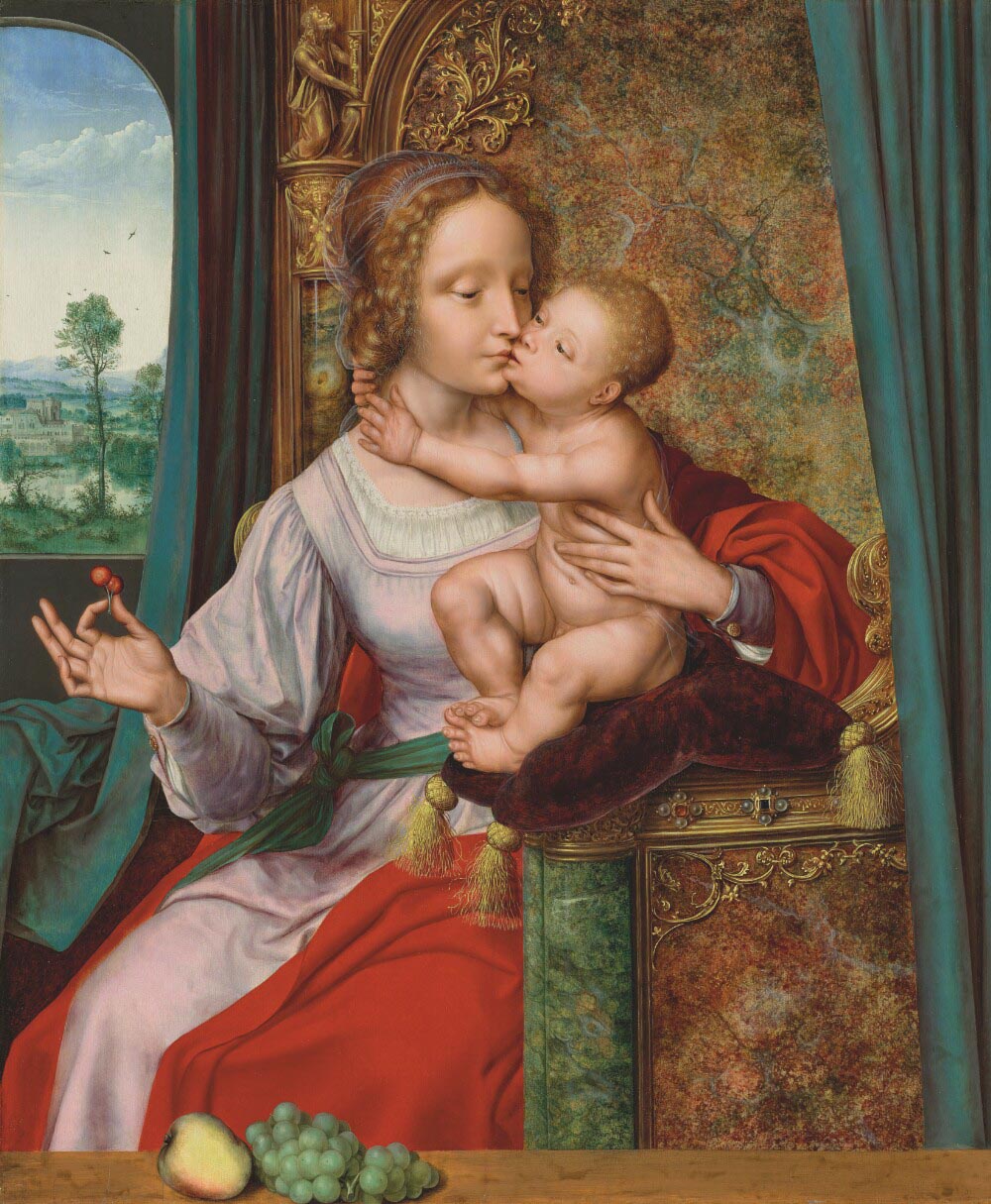 Quentin Metsys (1466-1530), Madonna of the Cherries, ca. 1529, J. Paul Getty Museum, Los Angeles
Quentin Metsys (1466-1530), Madonna of the Cherries, ca. 1529, J. Paul Getty Museum, Los Angeles© J. Paul Getty Museum, Los Angeles, photo: Christie’s
The first recorded owner of Madonna of the Cherries was prominent early seventeenth-century art collector Cornelis van der Geest who, according to contemporary accounts, resisted efforts by the Archdukes to obtain the painting from him. All traces of the painting were lost following its sale to an anonymous buyer in 1668.
It resurfaced at auction in Paris in 1920 but was no longer recognizable due to several additions, such as a thick layer of discoloured varnish and overpainting, including a green curtain painted over the background landscape. It reappeared once again in 2015 at a Christie’s auction, still marred by the later additions, and labelled as a studio version. After a subsequent conservation treatment, which revealed its exceptional quality and condition, scholars recognized it as the prime version of Metsys’ masterpiece.
The Cleveland Museum of Art Acquires Dutch Ceramic Flower Pyramid and Van Heemskerck Drawing
The Cleveland Museum of Art in Ohio announced the acquisition of six new pieces, including a Dutch tin-glazed earthenware vase produced by the Greek A Factory and a drawing by Maarten van Heemskerck.
Blue-and-white pottery had its heyday during the reign of William III and Mary II. Mary contributed to the international spread of the fashion for Delft ceramics. She commissioned pieces from the Greek A Factory: the most prestigious of 34 workshops and potteries active in Delft at the end of the seventeenth century. Among the most complex and luxurious forms made in Delft were flower pyramids, consisting of stacked tiers with spouts in which flowers were placed.
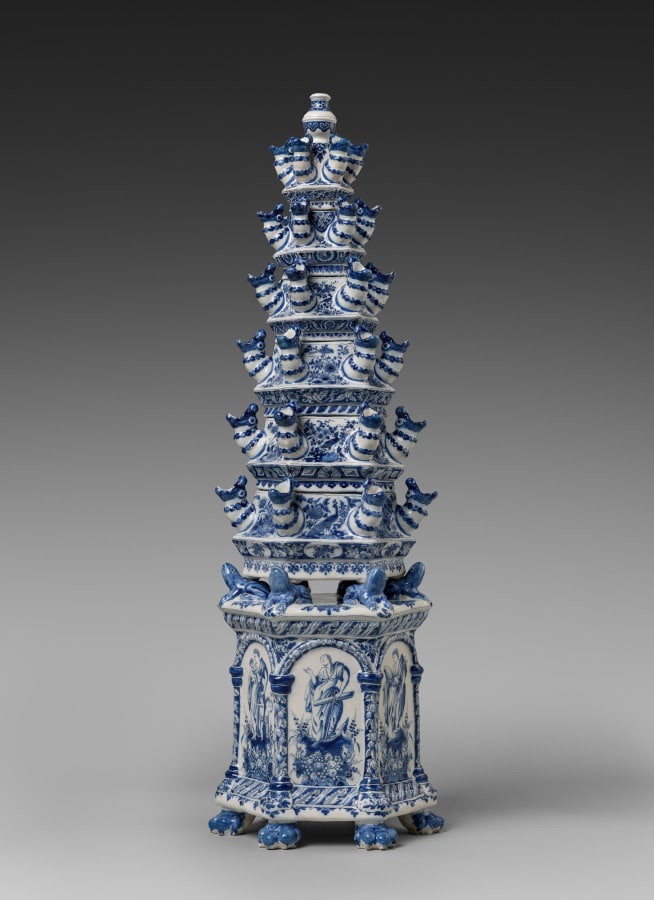 Adrianus Kocx (active 1686-1701), De Grieksche A (The Greek A) Factory (active 1658-1811) Flower Pyramid, ca. 1690, The Cleveland Museum of Art
Adrianus Kocx (active 1686-1701), De Grieksche A (The Greek A) Factory (active 1658-1811) Flower Pyramid, ca. 1690, The Cleveland Museum of Art© The Cleveland Museum of Art
The Cleveland Museum of Art has acquired a flower pyramid marked by Adrianus Kocx: the owner of the Greek A Factory. It was likely produced for the English market, a desirable product for English aristocrats supporting the Dutch Stadtholder, later William III of England, and his wife Mary.
The museum also acquired Maarten van Heemskerck’s pen-and-ink work Jonah Cast Out of the Whale onto the Shore of Nineveh (1566). The artwork depicts the climactic episode of the biblical story of Jonah, when the prophet was swallowed by a fish and regurgitated three days later. The figures of Jonah, suspended in mid-air, and of God the Father, in the clouds above, recall types by artists such as Michelangelo, whose work Heemskerck studied in Rome.
Jonah Cast Out of the Whale onto the Shore of Nineveh is the preparatory design for one of a four-part print series on the biblical book of Jonah, all of which were engraved by Philips Galle with text added by Hadrianus Junius. The three other drawings for the series are in museum collections in Boston, Oxford and Cambridge.
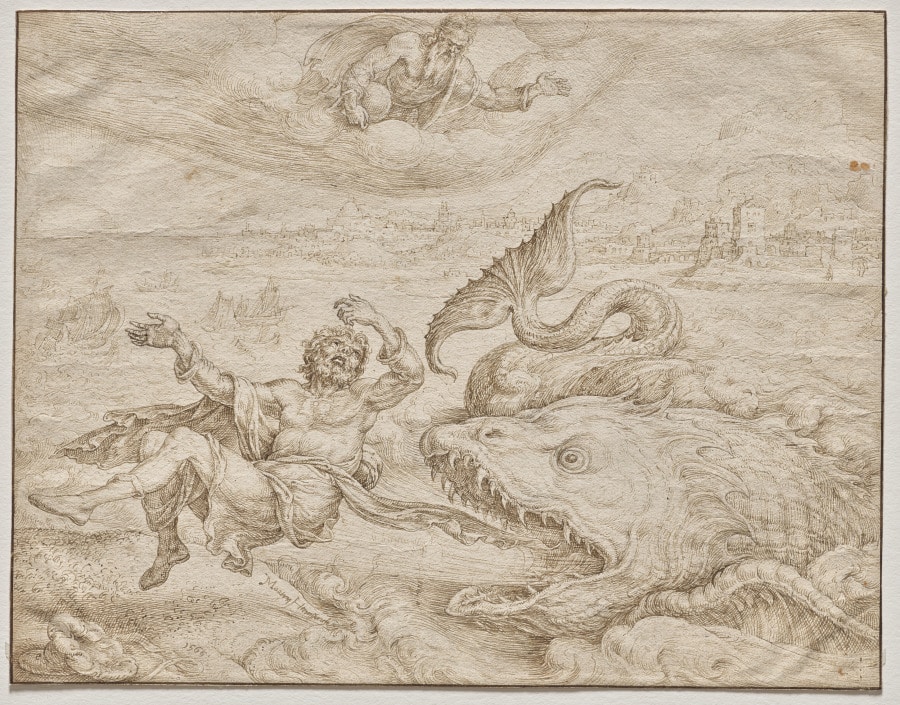 Maarten van Heemskerck (1498-1574), Jonah Cast Out by the Whale onto the Shore of Nineveh, 1566
Maarten van Heemskerck (1498-1574), Jonah Cast Out by the Whale onto the Shore of Nineveh, 1566© The Cleveland Museum of Art

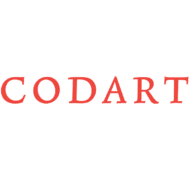
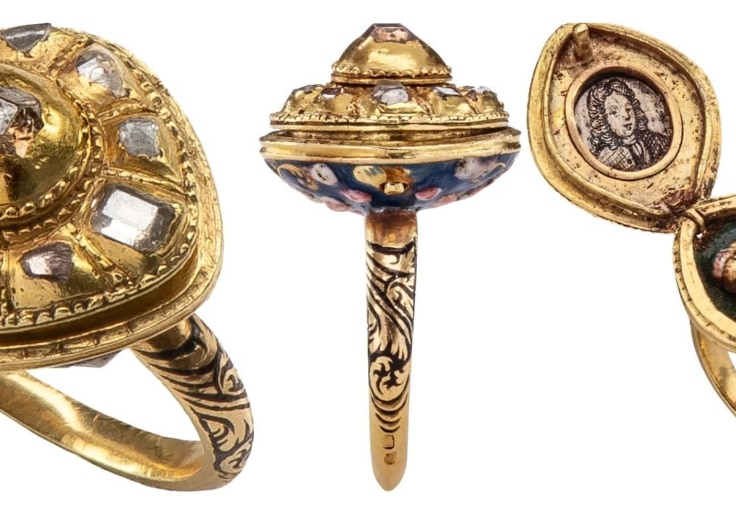
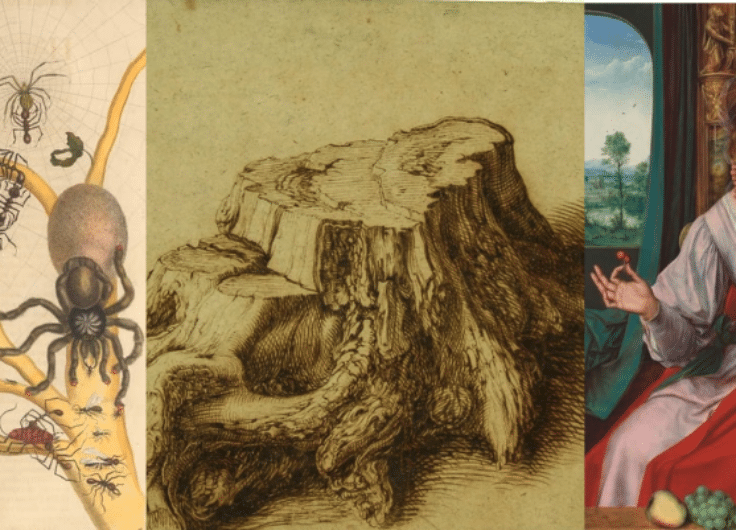
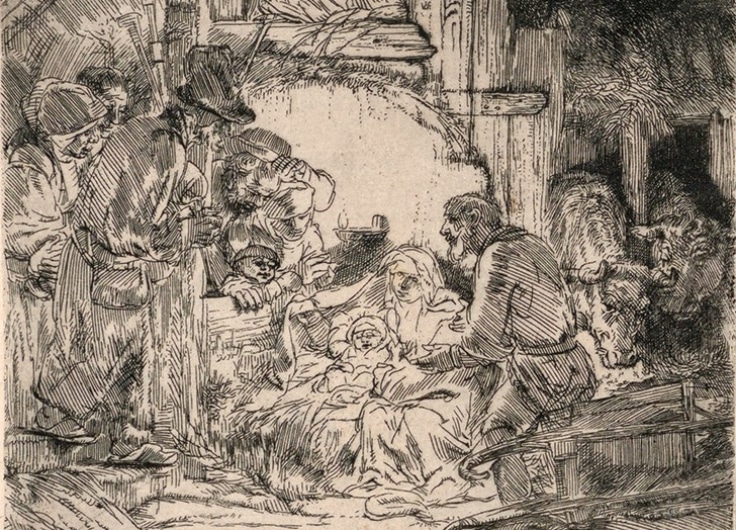
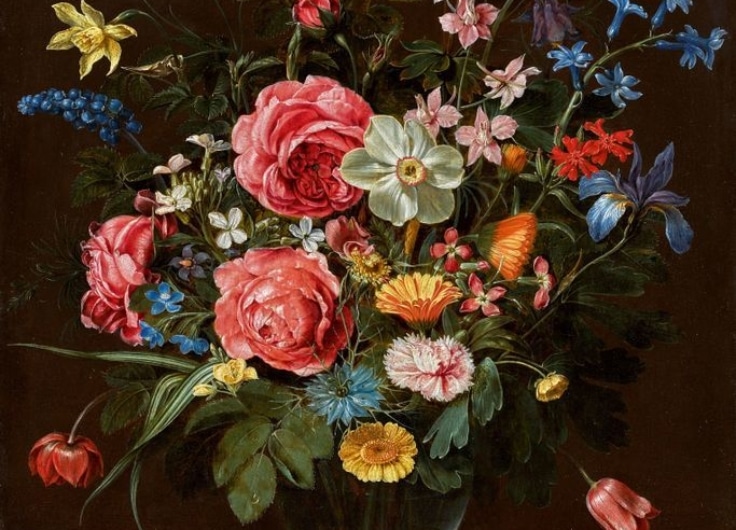
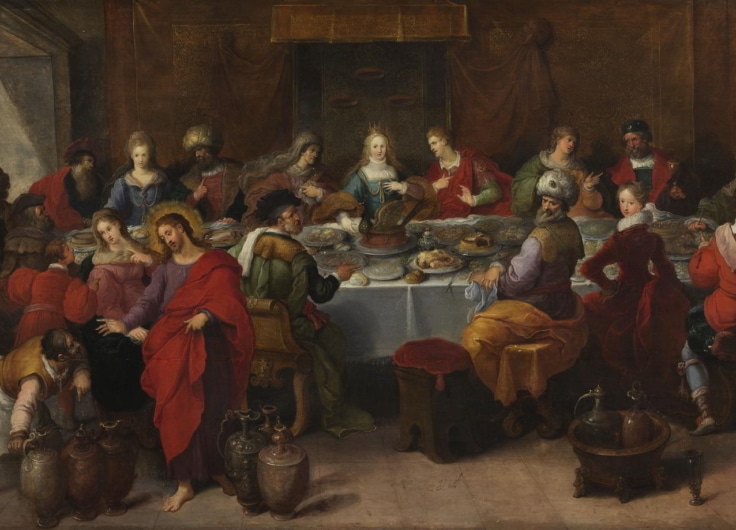



Leave a Reply
You must be logged in to post a comment.